45 a(n) ____ diagram shows the timing of interactions between objects as they occur.
In a sequence diagram, vertical arrows represent messages from one object to another. true or false. false. ... _____ shows the timing of interactions between objects as they occur. a. class diagram b. timing diagram c. sequence diagram d. UML Sequence Diagrams are interaction diagrams that detail how operations are carried out. They capture the interaction between objects in the context of a collaboration. Sequence Diagrams are time focus and they show the order of the interaction visually by using the vertical axis of the diagram to represent time what messages are sent and when.
A(n) ____ diagram shows the timing of interactions between objects as they occur. A) timing B) ordering C) orientation D) sequence.

A(n) ____ diagram shows the timing of interactions between objects as they occur.
A(n) ____ diagram shows the timing of interactions between objects as they occur. a. timing b. ordering c. orientation d. sequence Answer: D ____ enable a systems analyst to identify a problem, evaluate the key ... A(n) ____ diagram shows the timing of interactions between objects as they occur. Interactions occur between objects and are most easily represented by diagrams. No force occurs by itself, it is always as a result of a pull or push of one body on another. There are several ...
A(n) ____ diagram shows the timing of interactions between objects as they occur.. An shows the timing of interactions between objects as they occur b sequence from ITSE 1350 at Lone Star College, CyFair ... (n) _____ shows the timing of interactions between objects as they occur. b. sequence diagram. 9. The _____ is a top-down representation of a process. A(n) _____ shows the timing of interactions between objects as they occur. Sequence Diagram To evaluate _____, a systems analyst needs information about projected future volume for all outputs, inputs, and processes. Working from a functional decomposition diagram, analysts can create____to show how the system stores, processes, and transforms data. data flow diagrams (DFDs: is a widely used method of visualizing and documenting software systems design: Unified Modeling Language (UML) shows the timing of interactions between objects as they occur Closed ended questions A(n) ____ diagram shows the timing of interactions between objects as they occur. In most systems analysis tasks, time and people are interchangeable. In a PERT/CPM chart, each task has all of the following EXCEPT a(n) ____.
A(N) ____ Diagram Shows The Timing Of Interactions Between Objects As They Occur. (Correct Answer Below). Reveal the answer to this question whenever you ... 4. Timing Diagram A specific type of interaction diagram where the focus is on timing constraints. Timing diagrams model sequence of events and their effects on states and property values. Time flows along a horizontal axis from left to right. They can be used to show method execution profiling or concurrency scenarios. Collaboration diagrams (known as Communication Diagram in UML 2.x) are used to show how objects interact to perform the behavior of a particular use case, or a part of a use case.Along with sequence diagrams, collaboration are used by designers to define and clarify the roles of the objects that perform a particular flow of events of a use case. A(n) ____ diagram shows the timing of interactions between objects as they occur. sequence ____ is a typical example of a system requirement for the output category.
Interaction diagrams are used to explore and compare the use of sequence, collaborations, and timing diagrams. Interaction diagrams are used to capture the behavior of a system. It displays the dynamic structure of a system. Sequence diagrams are used to represent message flow from one object to another object. modeling, object modeling, and consideration of development strategies. ... A(n) ____ diagram shows the timing of interactions between objects as they occur ... A ( n ) _ ___ diagram shows the timing of interactions between objects as they occur . a. Also known as a sequencing or event diagram, it doesn't show how objects interact or change each other. Functionally, it shows how objects and actors act along a timeline. The focus here is on how long events take and the changes that occur depending on the duration constraints. Main parts of a timing diagram include: Lifeline: individual ...
Timing Diagram. Timing diagrams are very similar to sequence diagrams. They represent the behavior of objects in a given time frame. If it's only one object, the diagram is straightforward. But, if there is more than one object is involved, a Timing diagram is used to show interactions between objects during that time frame.
The sequence diagram is a good diagram to use to document a system's requirements and to flush out a system's design. The reason the sequence diagram is so useful is because it shows the interaction logic between the objects in the system in the time order that the interactions take place. Share our content.
A(n) ____ diagram shows the timing of interactions between objects as they occur. sequence. A list of topics should be sent to an interviewee several days ...
1.who consider diagrams as a type of Class diagram, component diagram, object diagram, and deployment diagram? 2._________are Weak entities are represented in UML diagrams by using aggregations. 3.__________ represented by In UML diagrams, relationship between component parts and object. 4.which type they considered Activity diagram, use case ...
Key elements. A sequence diagram shows, as parallel vertical lines (lifelines), different processes or objects that live simultaneously, and, as horizontal arrows, the messages exchanged between them, in the order in which they occur.This allows the specification of simple runtime scenarios in a graphical manner.
Sequence. A(n) ____ diagram shows the timing of interactions between objects as they occur. finition. Prototyping. RAD relies heavily on ____.
UML communication diagrams, like the sequence diagrams - a kind of interaction diagram, shows how objects interact. A communication diagram is an extension of object diagram that shows the objects along with the messages that travel from one to another. In addition to the associations among objects, communication diagram shows the messages the objects send each other.
The Collaboration Diagram. The second interaction diagram is the collaboration diagram. It shows the object organization as seen in the following diagram. In the collaboration diagram, the method call sequence is indicated by some numbering technique. The number indicates how the methods are called one after another.
interactions between users and systems in the system being designed. Use cases describe interactions between a system and external actors; sequence diagrams add more information to these by showing interactions between system objects. • Structural models show the organization and architecture of a system.
c. object d. system requirement. D. A(n) _____ shows the timing of interactions between objects as they occur. a. orientation diagram b. timing diagram c. class diagram d. sequence diagram. D.
5 An diagram shows the timing of interactions between objects as they occur a ... In an interview, ____ encourage spontaneous and unstructured responses. a.
UML 2 Tutorial - Use Case Diagram Use Case Diagrams Use Case Model. The use case model captures the requirements of a system. Use cases are a means of communicating with users and other stakeholders what the system is intended to do. Actors. A use case diagram shows the interaction between the system and entities external to the system.
Sequence diagrams, commonly used by developers, model the interactions between objects in a single use case. They illustrate how the different parts of a system interact with each other to carry out a function, and the order in which the interactions occur when a particular use case is executed. In simpler words, a sequence diagram shows ...
What is Sequence Diagram?. A sequence diagram simply depicts interaction between objects in a sequential order i.e. the order in which these interactions take place. We can also use the terms event diagrams or event scenarios to refer to a sequence diagram. Sequence diagrams describe how and in what order the objects in a system function.
A ____ is a UML technique that visually represents the interaction between users and an information system. use case diagram A(n) ____ diagram shows the timing of interactions between objects as they occur.
A data flow diagram (DFD) does not show the external entities that provide data to the system or receive output from the system. ... _____ shows the timing of interactions between objects as they occur. ... • Timing diagram: Definition • Sequence diagram: Term. The number of _____ needed to describe the characteristics of an object depends ...
A Data Flow Diagram (DFD) is a graphical representation of the "flow" of data through an information system (as shown on the DFD flow chart Figure 5), modeling its process aspects.Often it is a preliminary step used to create an overview of the system that can later be elaborated. DFDs can also be used for the visualization of data processing (structured design) and show what kind of ...
The sequence diagram example below shows the interactions between a user and a ticket booking system in booking a seat. It consists of mainly four parts: The actor, which is the user, the boundary object 'interface', the controller object 'mainController' and two entity objects routes and route.
Interactions occur between objects and are most easily represented by diagrams. No force occurs by itself, it is always as a result of a pull or push of one body on another. There are several ...
____ enable a systems analyst to identify a problem, evaluate the key ... A(n) ____ diagram shows the timing of interactions between objects as they occur.
A(n) ____ diagram shows the timing of interactions between objects as they occur. a. timing b. ordering c. orientation d. sequence Answer: D
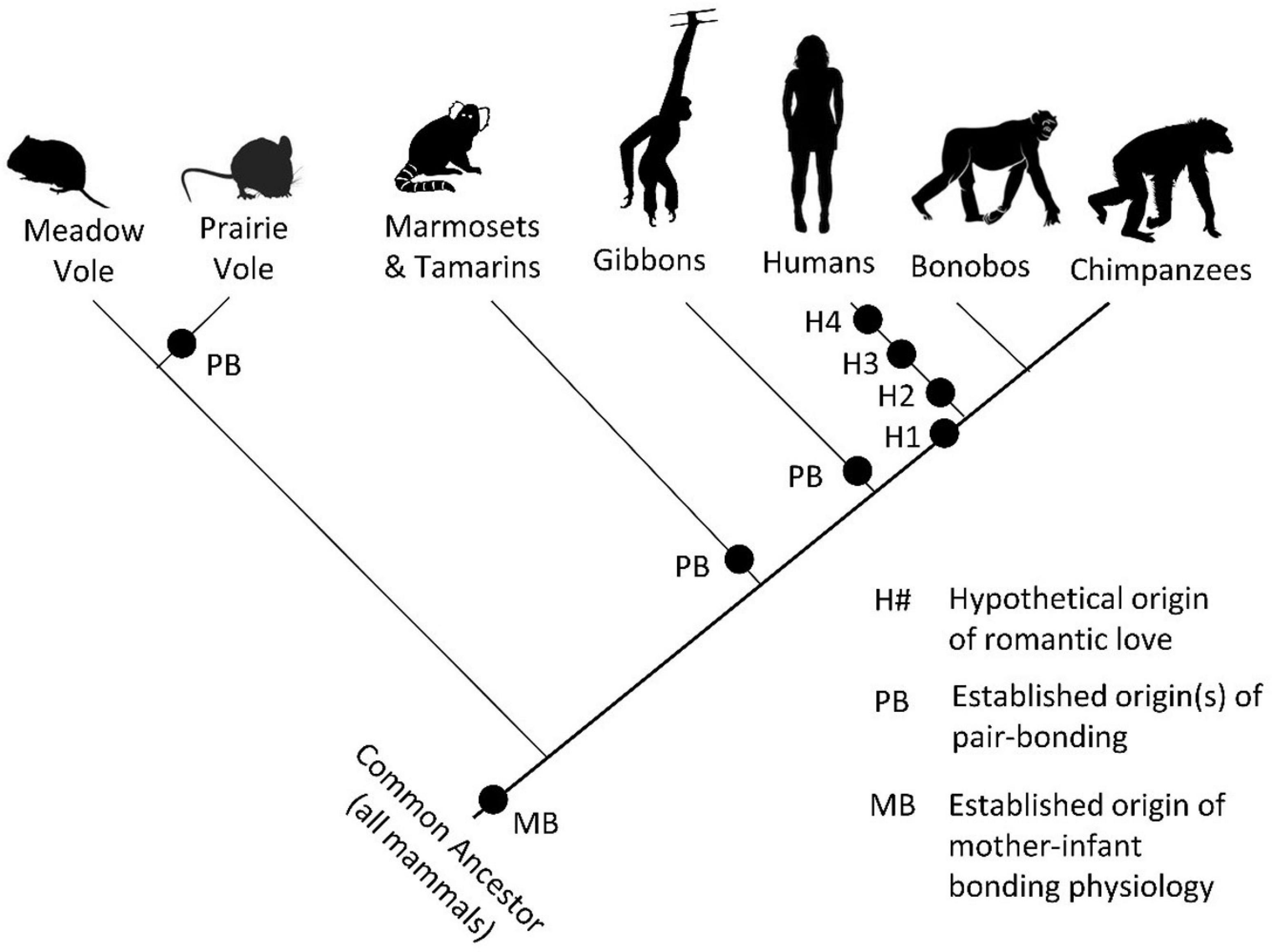

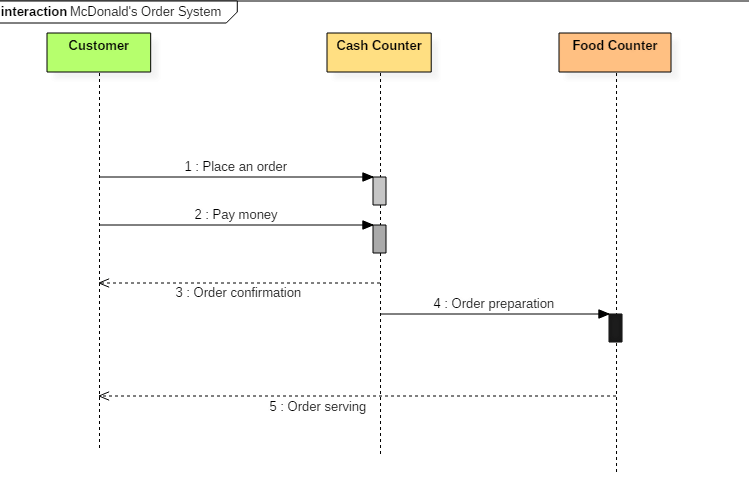
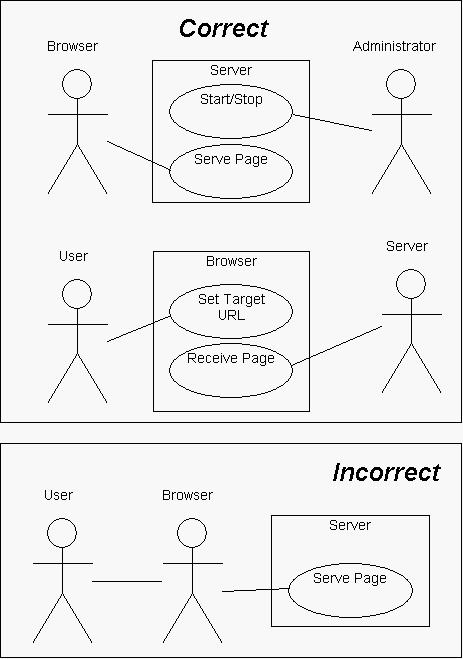
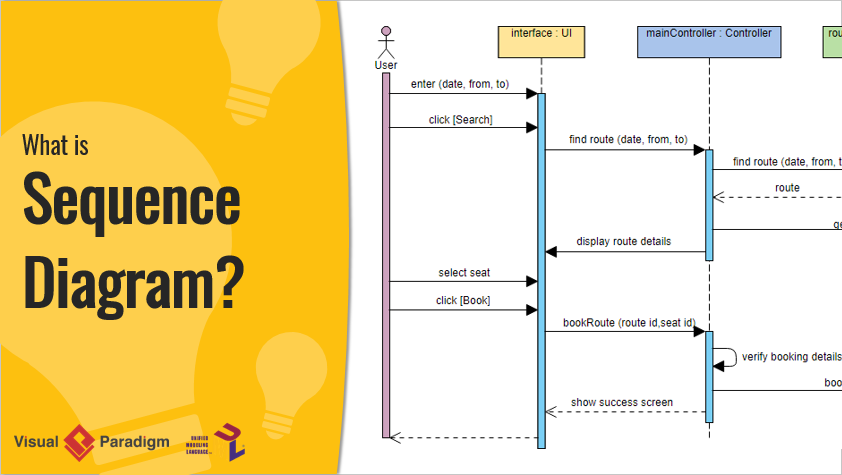

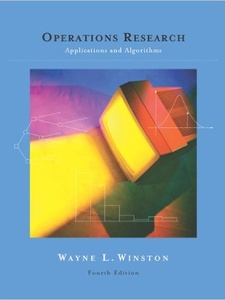
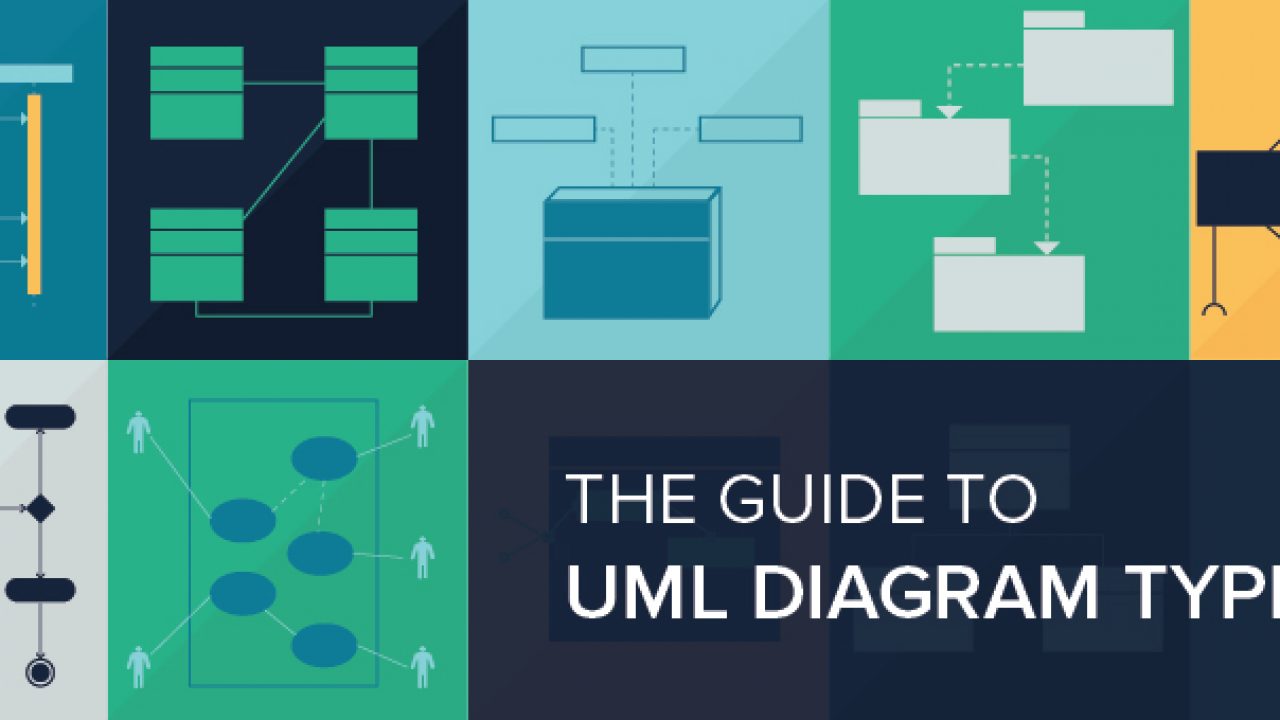





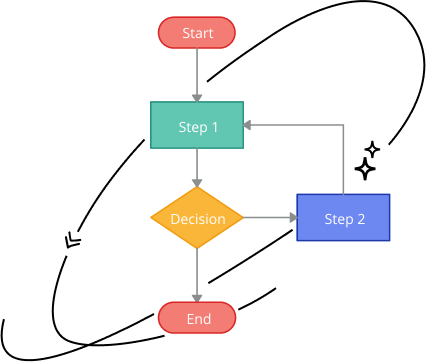


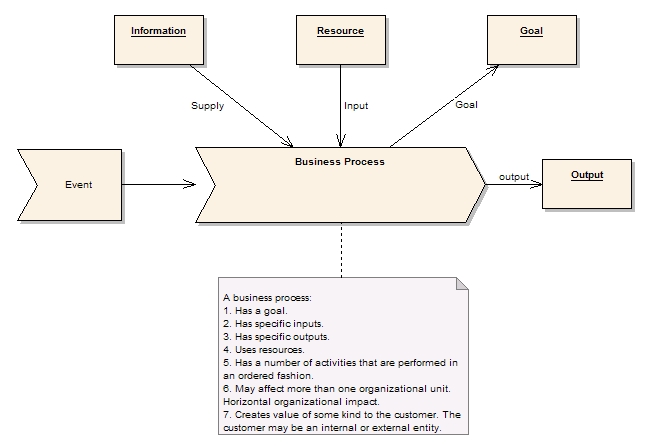

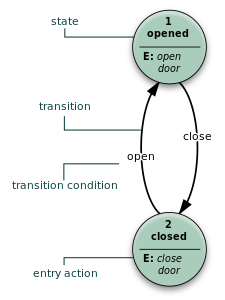


0 Response to "45 a(n) ____ diagram shows the timing of interactions between objects as they occur."
Post a Comment